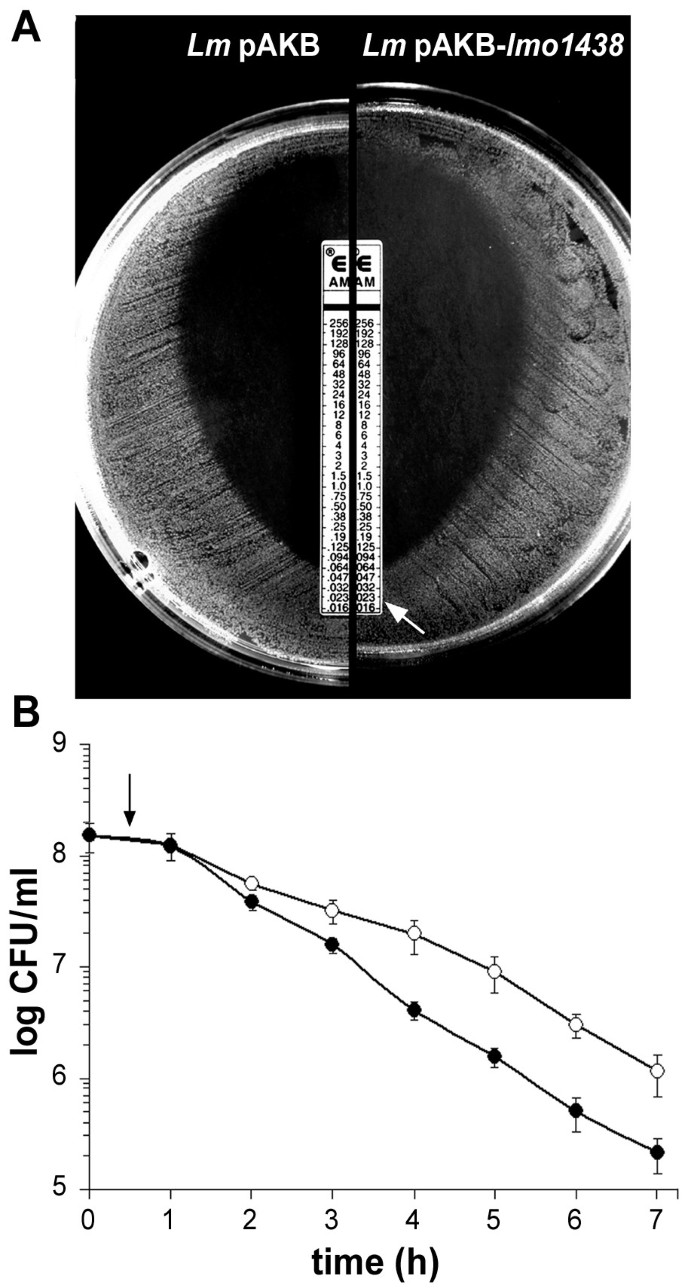
Whole-genome sequencing of rifampicin-resistant Mycobacterium tuberculosis strains identifies compensatory mutations in RNA polymerase genes. Resistance to rifampicin: at the crossroads between ecological, genomic and medical concerns. Long-term persistence of resistant enterococcus species after antibiotics to eradicate Helicobacter pylori.

Sjölund, M., Wreiber, K., Andersson, D.I., Blaser, M. Determination of in vitro synergy when three antimicrobial agents are combined against Mycobacterium tuberculosis. Antibiotic-resistant bugs in the 21st century-a clinical super-challenge. Emergence of daptomycin resistance following vancomycin-unresponsive Staphylococcus aureus bacteraemia in a daptomycin-naïve patient-a review of the literature. The emerging problem of linezolid-resistant Staphylococcus. Gu, B., Kelesidis, T., Tsiodras, S., Hindler, J. PBP2a mutations causing high-level ceftaroline resistance in clinical methicillin-resistant Staphylococcus aureus isolates.


Co-opting the cell wall in fighting methicillin-resistant Staphylococcus aureus: potent inhibition of PBP 2a by two anti-MRSA β-lactam antibiotics. Villegas-Estrada, A., Lee, M., Hesek, D., Vakulenko, S.B. How allosteric control of Staphylococcus aureus penicillin binding protein 2a enables methicillin resistance and physiological function. Otero, L.H., Rojas-Altuve, A., Llarrull, L.I., Carrasco-López, C. Activation for catalysis of penicillin-binding protein 2a from methicillin-resistant Staphylococcus aureus by bacterial cell wall. The basis for resistance to β-lactam antibiotics by penicillin-binding protein 2a of methicillin-resistant Staphylococcus aureus. Modification of penicillin-binding proteins of β-lactam resistance. Waves of resistance: Staphylococcus aureus in the antibiotic era. β-lactam resistance in Staphylococcus aureus: the adaptive resistance of a plastic genome. Origins and evolution of antibiotic resistance. Dissemination of NDM-1 positive bacteria in the New Delhi environment and its implications for human health: an environmental point prevalence study. Showing in vivo activity similar to that of linezolid, ME/PI/TZ demonstrates that combinations of older β-lactam antibiotics could be effective against MRSA infections in humans. Furthermore, ME/PI/TZ subverts the function of penicillin-binding protein-2a (PBP2a) via allostery, which we propose as the mechanism for both synergy and collateral sensitivity. ME/PI/TZ circumvents the tight regulation of the mec and bla operons in MRSA, the basis for inducible resistance to β-lactam antibiotics. We demonstrate that these activities also extend to other carbapenem-penicillin–β-lactamase inhibitor combinations. ME/PI/TZ suppresses evolution of resistance in MRSA via reciprocal collateral sensitivity of its constituents. Here we show that the triple β-lactam combination meropenem-piperacillin-tazobactam (ME/PI/TZ) acts synergistically and is bactericidal against MRSA subspecies N315 and 72 other clinical MRSA isolates in vitro and clears MRSA N315 infection in a mouse model. Methicillin-resistant Staphylococcus aureus (MRSA) is one of the most prevalent multidrug-resistant pathogens worldwide, exhibiting increasing resistance to the latest antibiotic therapies.


 0 kommentar(er)
0 kommentar(er)
